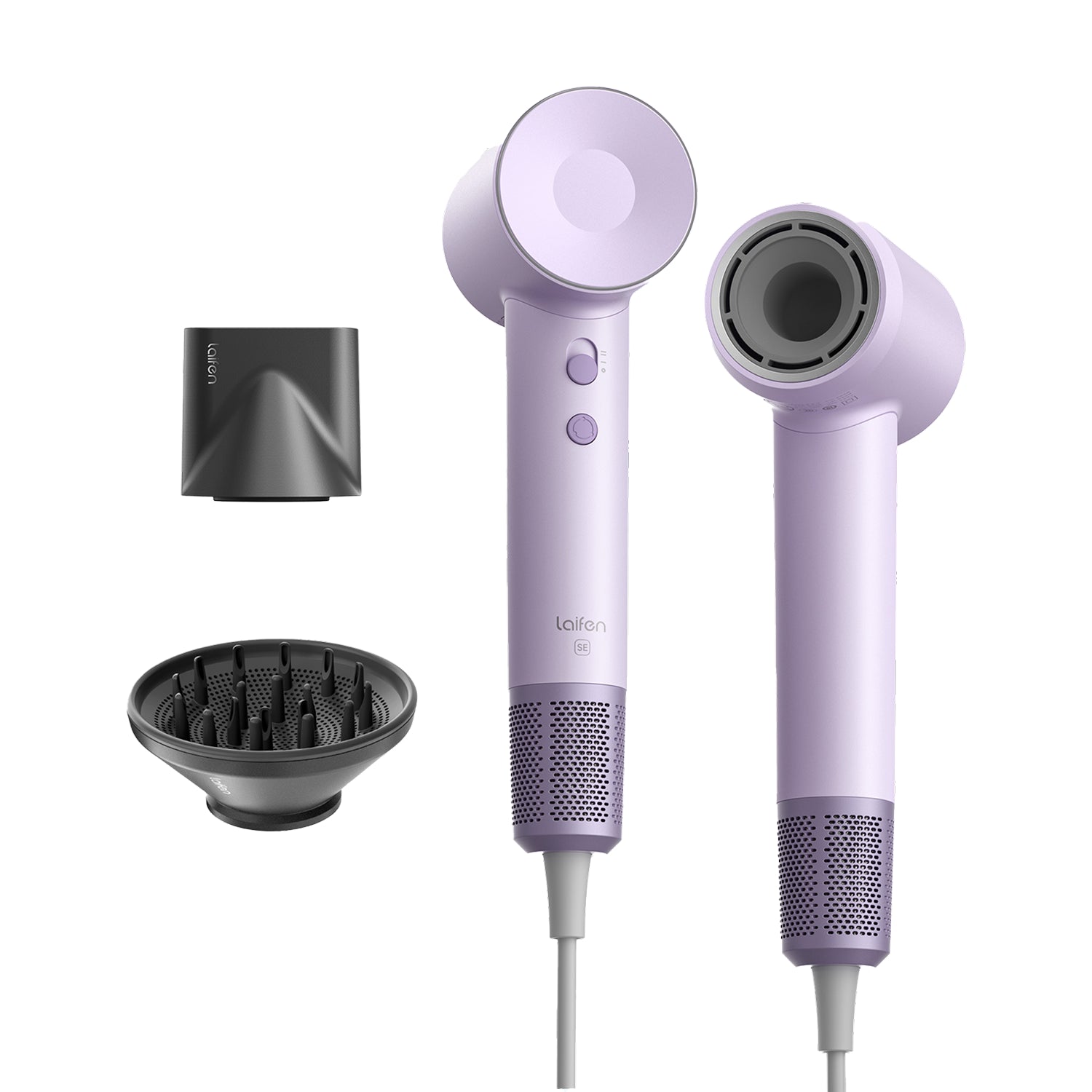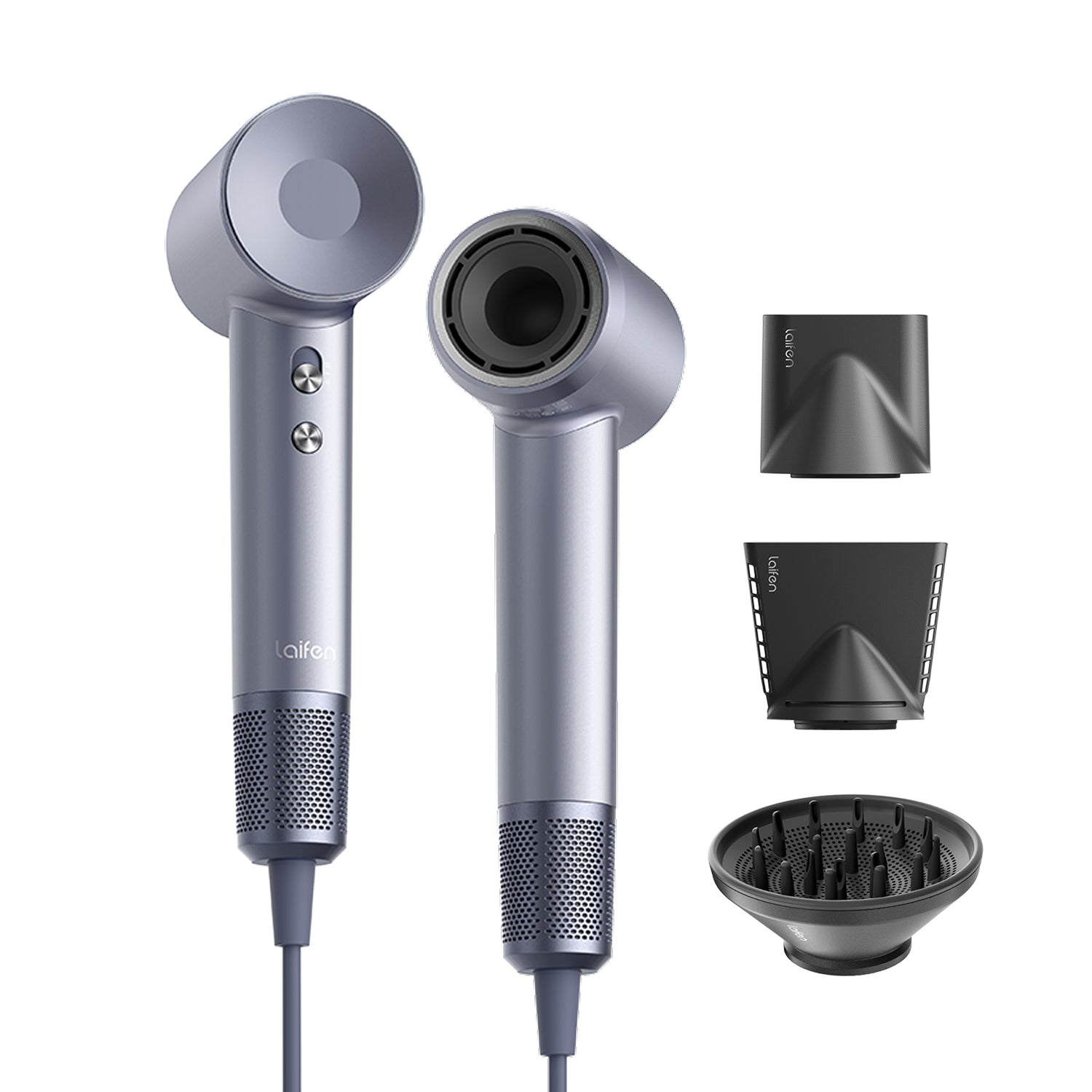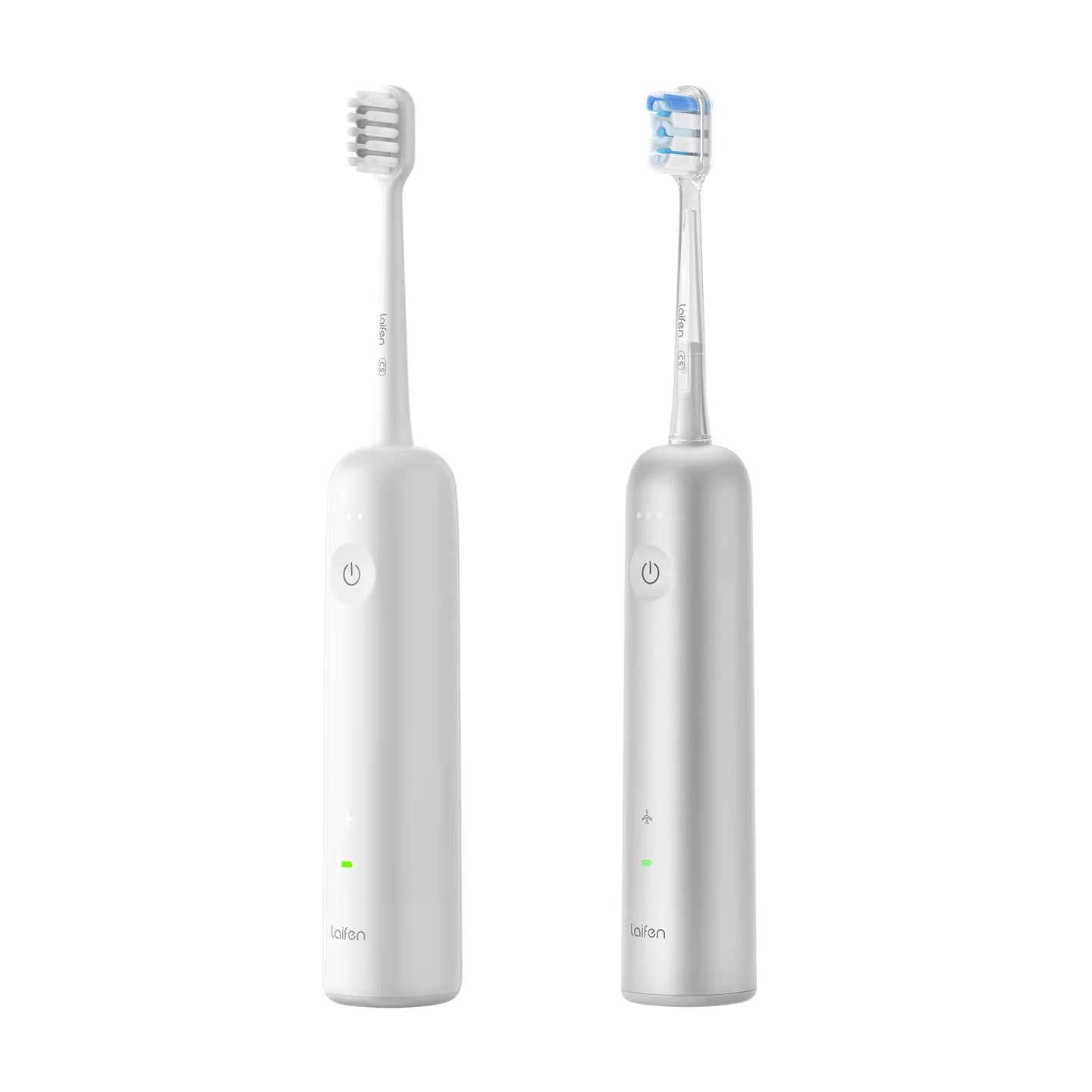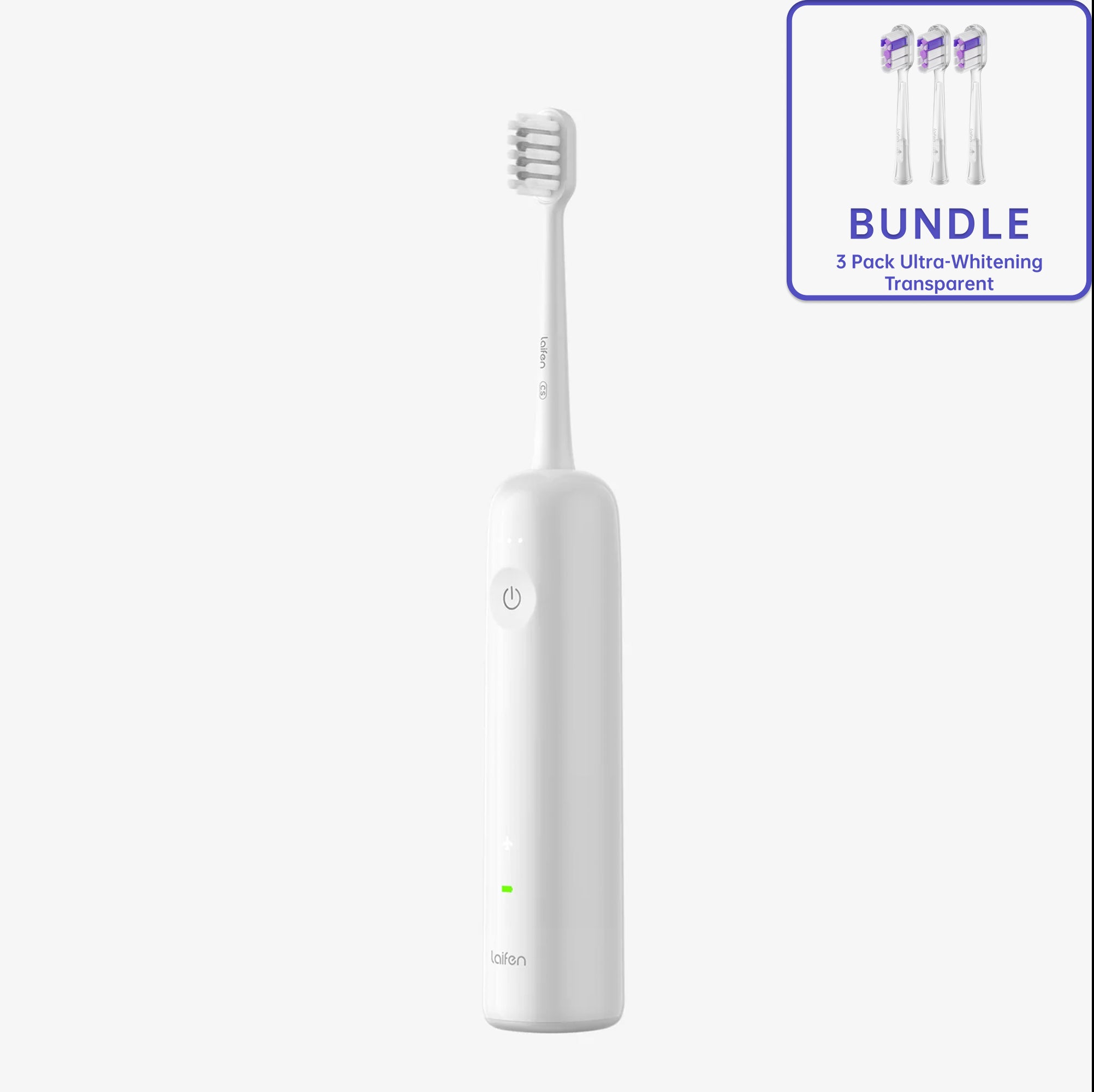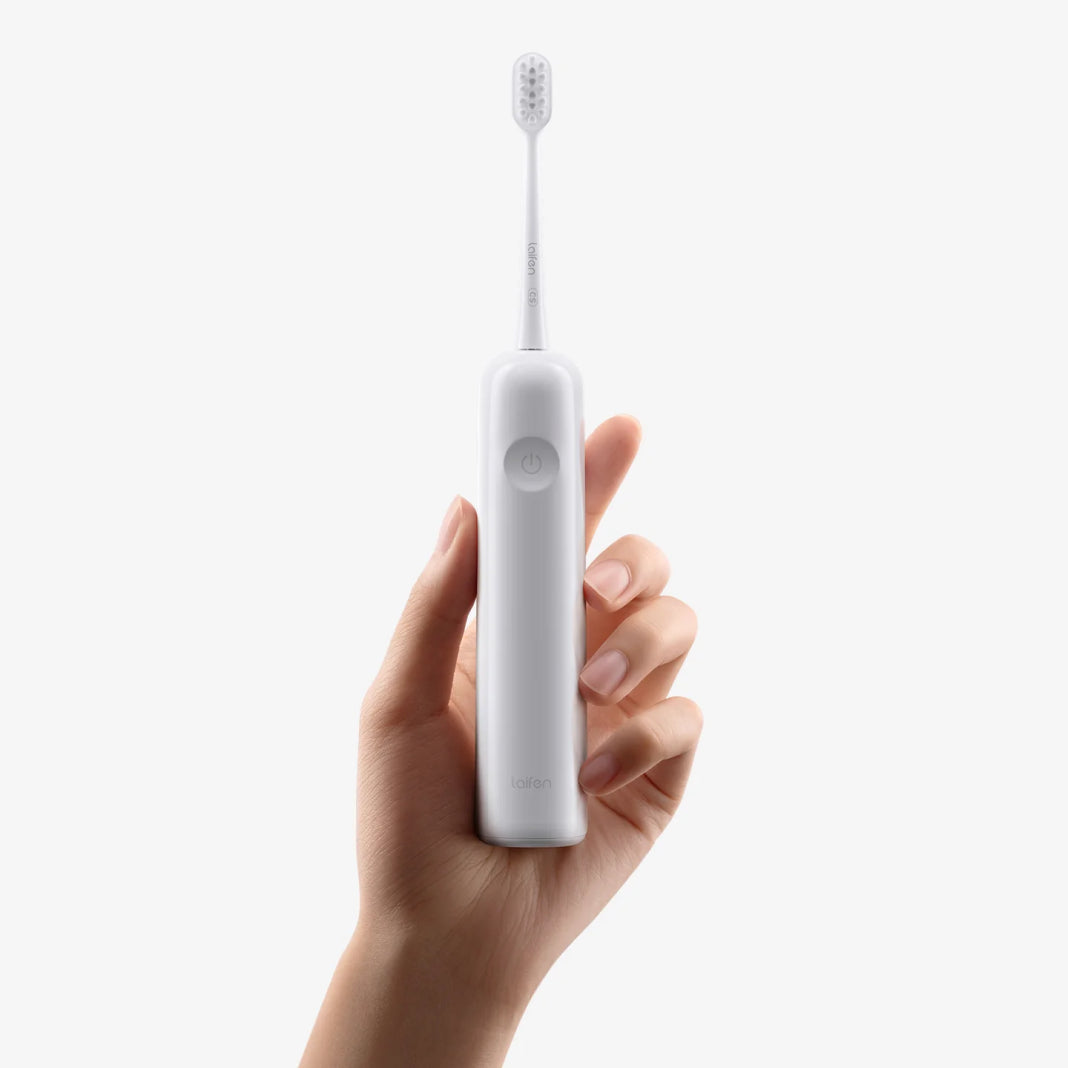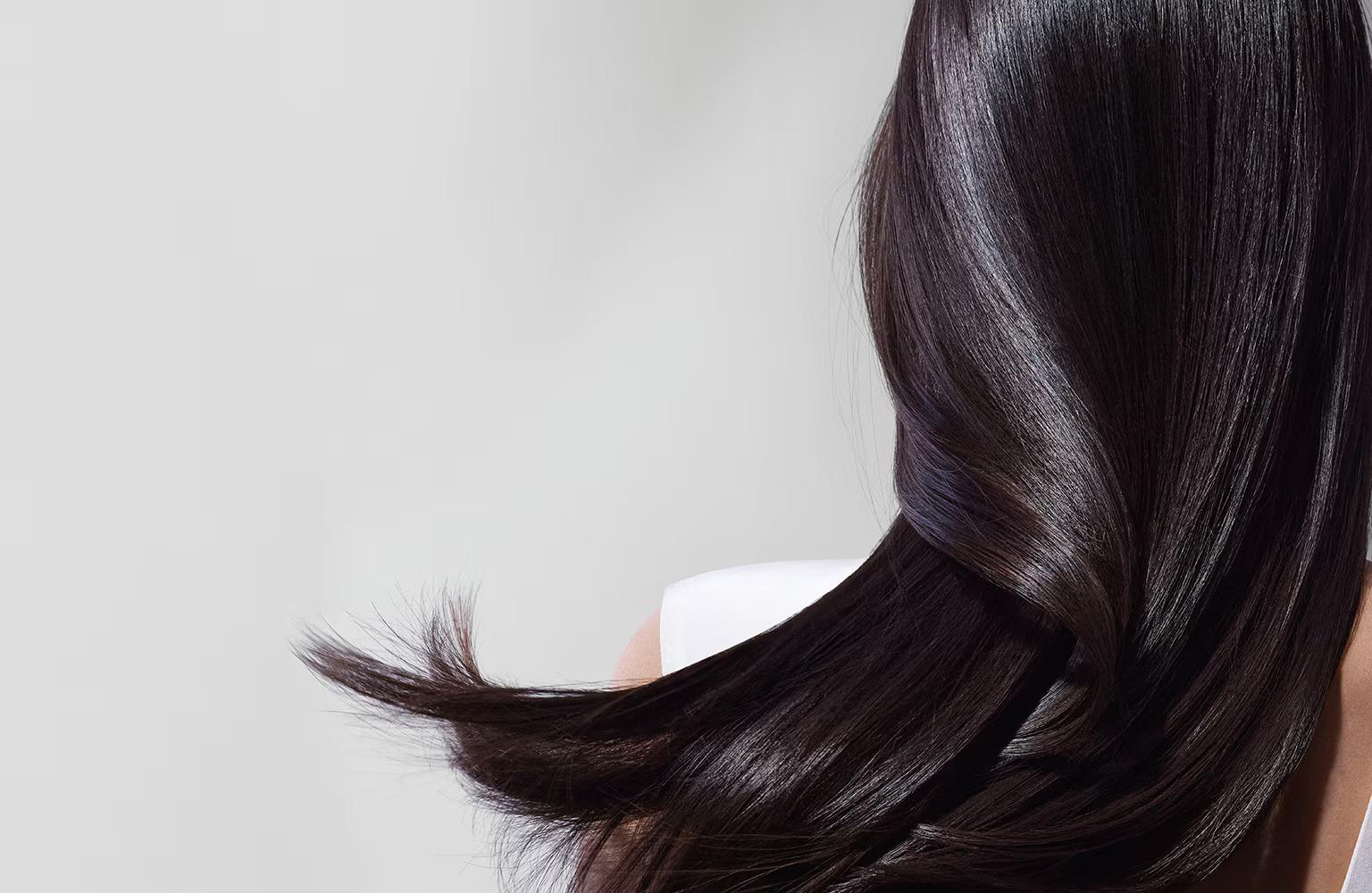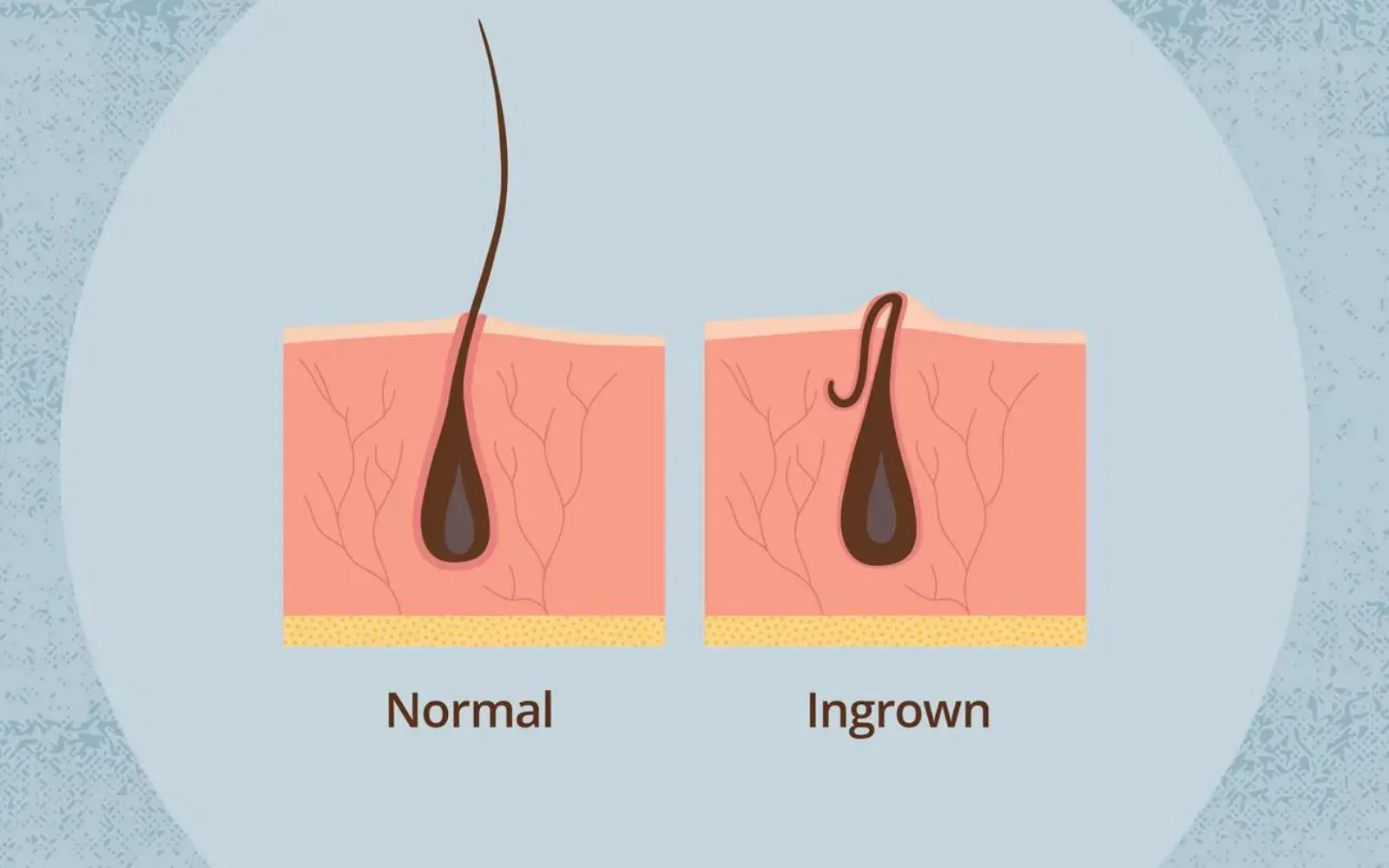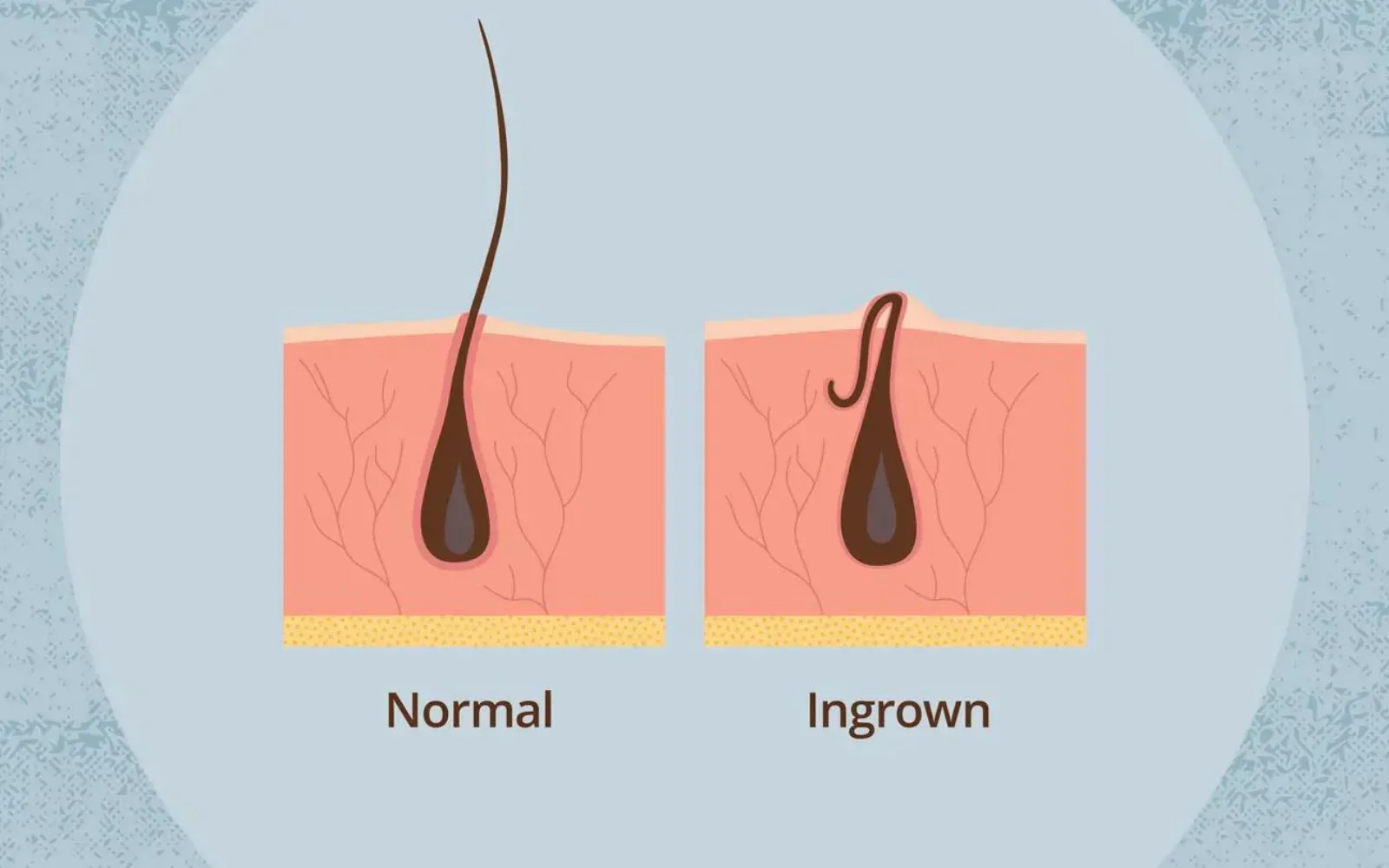
In this article
Among the many frustrating hair issues people deal with, ingrown hairs sit high on the list. Those tiny, inflamed bumps that look harmless but can be surprisingly painful, itchy, and stubborn. They happen when a hair curls back or grows sideways into the skin instead of rising up and out like it’s supposed to.
Is this infected? Will it scar? Am I doing something wrong? The good news? You don’t need a derm degree to figure it out. We will cover what ingrown hairs look like, why they show up, how to prevent them, how to treat them, and how to tell if it’s time to seek help.
Basics
Ingrown hair meaning
An ingrown hair is exactly what it sounds like: a hair that takes a wrong turn. Instead of growing straight out of the follicle and rising to the surface, it curls back or grows sideways into the skin.
Signs
You’ll know you’re dealing with an ingrown hair when a small, round bump forms, often pink, red, or even dark in color depending on your skin tone. Sometimes, the trapped hair is visible just beneath the skin, curling like a tiny loop. These bumps can be itchy, tender, or sore to the touch. In more irritated cases, they may fill with pus and mimic the look of acne.
Causes
Ingrown hairs are most often caused by hair removal techniques that disturb the natural exit path of the hair. Shaving too closely, waxing improperly, or tweezing can cause the tip of the hair to re-enter the skin rather than break through it. Curly or coarse hair types are more prone to this, since the natural curl makes it easier for hairs to bend and embed into the skin.
Affect body
Ingrown hairs can pop up just about anywhere you remove hair, but some zones are more vulnerable. The beard area, bikini line, underarms, and legs are top offenders, thanks to constant friction and frequent grooming. For some people, especially those with curly or textured hair, ingrowns aren’t just an occasional nuisance. While usually harmless, chronic ingrowns can affect your skin confidence and comfort more than you might expect.
Is it contagious
Nope, ingrown hairs aren’t contagious. You can’t catch one from someone else, no matter how up-close or personal the contact. They’re a personal skin response, not a virus or bacterial infection.
Diagnosis
Diagnosing an ingrown hair is usually straightforward and doesn’t require a microscope. Most people recognize the signs on sight: red, irritated bumps in a freshly shaved or waxed area. That said, not all bumps are created equal. If the lump grows unusually large, becomes very painful, doesn’t go away after a few days, or leaks yellow pus, it may be infected or mistaken for something else (like a cyst or boil).
How do you remove an ingrown hair
Gently exfoliate
Exfoliation is key to helping that trapped hair find its way out. You can use a scrub or an exfoliating glove to slough off dead skin cells to create a clearer path for the hair to break through. This method works best when done regularly, as it prevents the buildup that leads to ingrown hairs in the first place.
Use a warm compress
A warm compress can help soften the skin around the ingrown hair. You can soak a clean washcloth in warm (not hot) water, wring it out, and press it against the affected area for 5–10 minutes. This opens the pores and may help the hair push through the skin more easily.
Tweezing (with caution)
If the hair is close to the surface and you can see it, tweezing may be the way to go. You can use a sterilized pair of tweezers to pull the hair out from the surface. If it doesn’t come out easily, you’re better off letting nature take its course or consulting a dermatologist.
Ingrown hair creams
There are specific creams designed to treat ingrown hairs by reducing inflammation, preventing infection, and soothing irritation. You should select from creams that contain salicylic acid or glycolic acid, as these help exfoliate the skin and encourage hair to break through.
See a dermatologist
If all else fails and the ingrown hair is causing significant discomfort, redness, or infection, it’s time to consult a professional. A dermatologist can remove the ingrown hair safely and may prescribe antibiotics if there’s an infection present. They can also offer advice on preventing ingrown hairs in the future, particularly if you’re prone to them.
What will happen if ingrown hair untreated
When an ingrown hair stays trapped under the skin, it creates the perfect environment for bacteria to settle in. What started as a small red bump can evolve into a pus-filled, tender spot that looks and feels like a pimple. In more stubborn cases, it can even develop into a painful boil or abscess, requiring medical drainage and antibiotics to clear it up.
For many people, untreated ingrown hairs can lead to post-inflammatory hyperpigmentation. That means the bump eventually goes away, but leaves a dark spot behind that can take weeks or months to fade. And if there’s chronic irritation or infection? You might be dealing with long-term scarring or even keloids.
Medications for ingrown hair
Hydrocortisone cream
This over-the-counter anti-inflammatory cream can help reduce the redness, swelling, and irritation that come with ingrown hairs. By soothing the area, it prevents the bump from becoming more inflamed and gives your skin a chance to heal.
Salicylic acid
Often found in acne treatment products, salicylic acid works wonders for ingrown hairs by exfoliating the skin and helping to dislodge the trapped hair. It’s especially helpful for those with multiple or recurring ingrown hairs, as it can keep the follicles clear over time.
Antibiotic ointments (e.g., Neosporin)
If an ingrown hair becomes infected, applying an antibiotic ointment can help prevent the spread of bacteria and promote healing. Neosporin or other similar ointments are designed to fight infection, soothe irritation, and keep the area clean as it heals. For infections that are more severe, your doctor may prescribe a stronger topical or oral antibiotic.
How long does it take to feel better after treating ingrown hair
Most mild cases begin to improve in 48 to 72 hours, with redness and tenderness fading first. That said, it might take up to a week for the bump to completely flatten and for any discoloration or scabbing to fully heal. If the area was infected or irritated from picking, recovery might stretch a little longer.
Tips to prevent ingrown hair
-
-
Regular exfoliation is key to keeping your hair follicles clear. You can scrub the skin around hair removal areas with a mild exfoliant or an exfoliating glove to remove dead skin cells that can block hair from growing freely. Aim for 2–3 times a week to keep your skin smooth and prevent hairs from getting trapped.
-
When shaving, always use a sharp razor to prevent pulling or bending the hair. Shave in the direction of hair growth and avoid going over the same spot multiple times. Using a shaving cream or gel will also help reduce friction and keep your skin moisturized.
-
Believe it or not, the right drying technique can also help prevent ingrown hairs. After shaving or waxing, use the Laifen Swift Special Hair Dryer to dry your skin.
-
Tight clothes, especially around areas you shave or wax, can irritate the skin and push hairs back into the follicles. Make sure to wear loose-fitting clothes, particularly after hair removal, to allow your skin to breathe and reduce friction.
-
Lastly
In conclusion, ingrown hairs are a common yet often overlooked skin issue that many face after shaving, waxing, or tweezing. These pesky bumps occur when a hair grows back into the skin, causing discomfort, irritation, or even infection. By incorporating simple steps like proper exfoliation, choosing the right hair removal methods, and using soothing treatments, you can prevent future ingrown hairs and keep your skin smooth and irritation-free.

